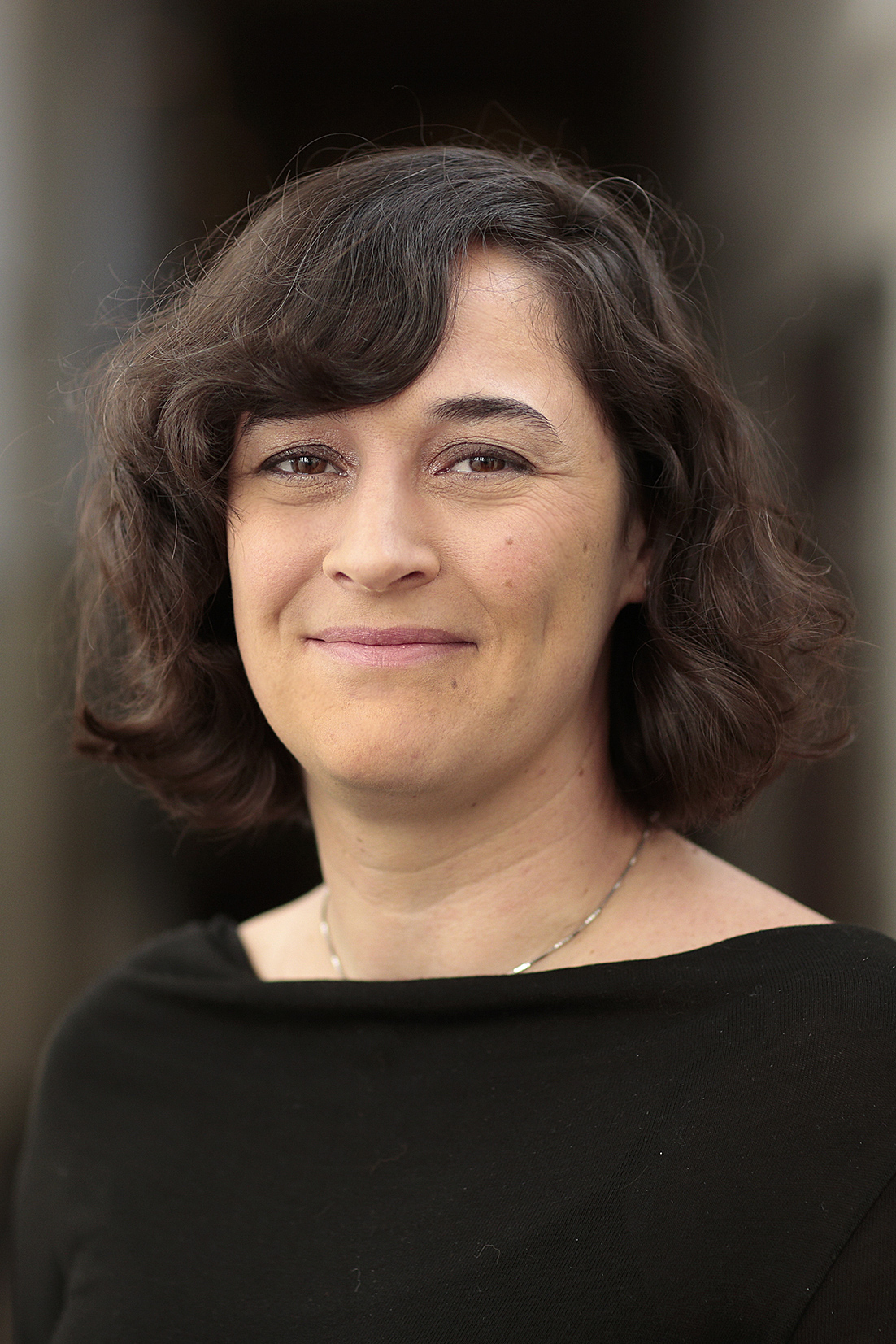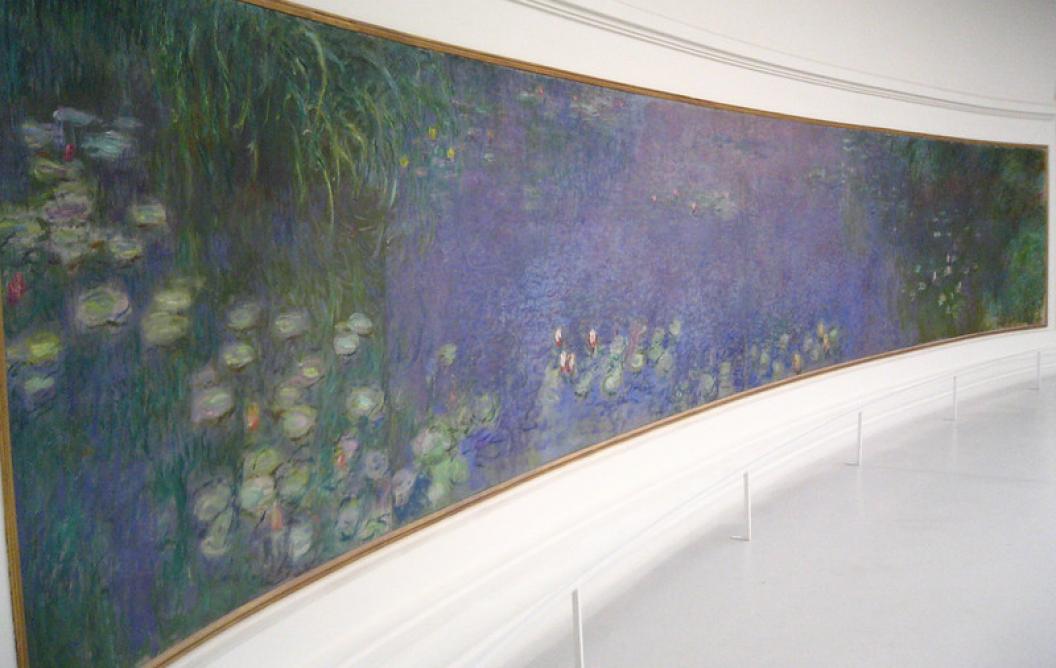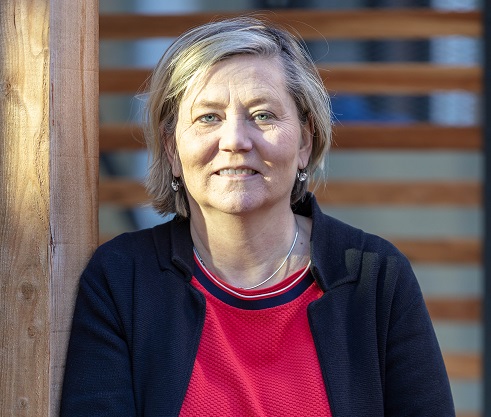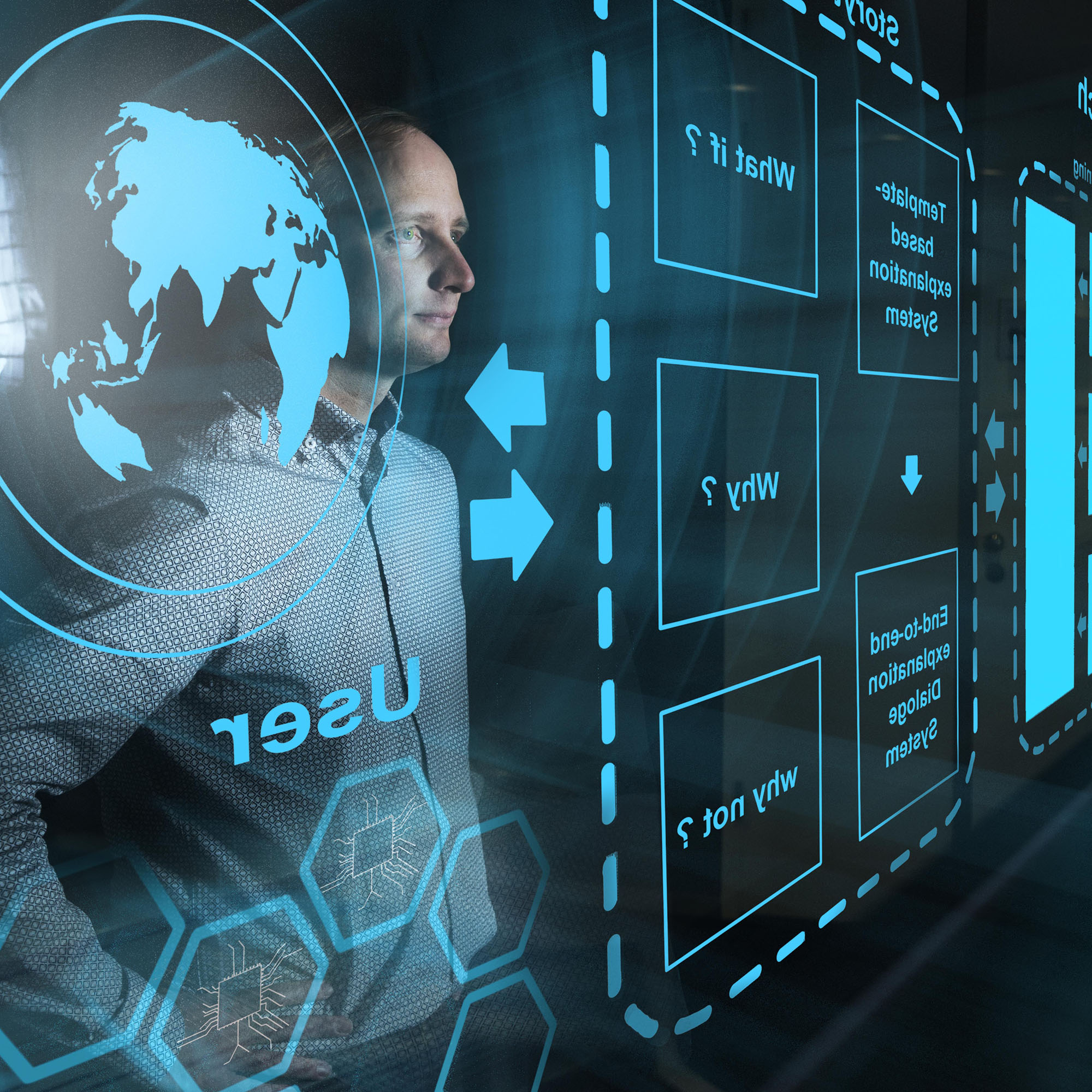More than meets the eye
Emilie Sitzia has been awarded a prestigious Comenius Leadership Fellowship for a three-year project focused on teaching sensory skills beyond the visual – from hearing to feeling and smelling. Lick this article to increase your likelihood of remembering it.
“We’ve been working on this topic for a couple of years now, but the pandemic lockdown and the long bouts of learning exclusively online have really brought home how much you lose when your experience is reduced to just a screen,” Sitzia explains. “Yes, we’re visual creatures – but we’re so much more than that.”
What you lose using just the eyes
Sensory skills are essential to many academic fields and professions. In Sitzia’s view, they should not be taken for granted. She aims to figure out how best to train the sensory skills of students across disciplines to create better researchers and professionals. As an arts curator, she knows how much is lost when paintings are reduced to Instagram posts.
“You lose granularity, texture, smell, the context of other artworks, the immersive, social experience of being inside the building … The Musée d'Orsay, for example, is a monumental former train station, so you can imagine the acoustics. This is an important part of the experience. We don’t normally notice those things, but they’re a big part of our enjoyment.”


Emilie Sitzia is associate professor at the Department of History at Maastricht University. She studied art history and literature in France, Germany and Finland. Her research interests span art, literature and museology. She is Professor by Special Appointment of Illustration at the University of Amsterdam, a chair created by the Fiep Westendorp Foundation.
Water lilies and hot cocoa
One of Sitzia’s enduring childhood memories is of visiting the Musée de l'Orangerie with her parents. “When it was raining, we had the best hot chocolate in Paris and, for me, this smell is still intimately linked to my love of Monet – and vice versa! In my office, I still have a drawer of different chocolates and teas – I practice what I preach.”
She takes seriously the potential of multisensory experience to help us remember things more clearly and vividly. “I’m not unique in that: everyone has these associations. The senses are connected – to one another and to our personal history. Enduring memories could also translate into deeper learning.”
Good ears don’t grow on trees
Training future curators, Sitzia tries to impart on her students an awareness of how the senses influence our experience of an exhibition. “In tertiary education, we teach people to think – obviously – but often we just assume that they’ll hone their sense perception during internships, or even that it’s just natural. But that’s not good enough.”
Having grown weary of formulaic essays, she began putting her students in front of an artwork and having them experience it for 40 minutes before allowing them to start writing. Only after that first draft were they allowed to consult secondary sources. “I wanted to move them away from a purely theoretical approach, which leads to bad professionals and exhibitions that don’t really work for visitors. It has to start from immediate experience, not other people’s theories.”

Monets waterlillies at the Musée de l'Orangerie
Thinking, doing – and sleeping in
Online teaching made it harder to bring students into sensory contact with artworks. “We played sound snippets from train stations, libraries and museums. Students consistently assumed the library sounds were the museum, but actually silence isn’t ideal for experiencing art or even absorbing the information on the labels.”
Sitzia is keen to point out that she has nothing against online teaching. She started using blended learning as early as 2001. “If anything, I think lecture theatres will lose in importance. If the move towards digitalisation can kill off the 8.30 lecture, then all the better. I think instead we’ll see a hybrid between theoretical content delivered online and integrated interpersonal sensory learning: thinking and doing reinforcing each other.”
Limp leaves and blunt blades
While arts and curatorship is her core expertise, the principle applies across disciplines. “Physicians listen to heartbeats, botanists feel leaves and smell flowers, archaeologists assess the weight and sharpness of tools, and so on. We want to find out how the senses are being used and trained – explicitly or implicitly – across all faculties.”
Together with her collaborators Anna Harris (FASoS) and Ilse van Lieshout (Marres art institute), Sitzia will create an academic framework to study the impact of the senses on learning, from memorisation and contextualisation to attention and retrieval of information. They will investigate selected curricula from different UM faculties to identify examples of sense-based learning. Next, they will try to enrich the curricula using learning concepts designed with input from Maastricht-based sensory experts, from curators and medical practitioners to choreographers. An interdisciplinary team will monitor trials and extract insights that can be applied more broadly.
Sensory Learning Lab
Sitzia also wants to create a Sensory Learning Lab. “It will be a physical workshop with educational materials tailored to various curricula, as well as a digital toolbox with everything from small interventions to an entire elective. Of course, we also want to constantly evaluate and improve our work.
“After that, we were hoping to develop an extended network of sensory learning experts. But it turns out that a diverse range of people are already interested in the topic and many have already got in touch with us, so this is progressing rapidly.” The project has only just begun, but Sitzia hopes that within three years, her team will have turned teaching at UM into a meal for all the senses.
Also read
-

Frederik Claasen, the head of policy at our partner organisation Solidaridad Network on the opportunities and obstacles facing smallholder farmers in their data ecosystems.
-
“In the field of diabetes 2 and cardiovascular disease prevention, the results of our research are a big step in the right direction". Does personalized nutrition have positive effects on health? "The answer to this question is a resounding yes," says Ellen Blaak, professor of human biology and...
-
Computers are already capable of making independent decisions in familiar situations. But can they also apply knowledge to new facts? Mark Winands, the new professor of Machine Reasoning at the Department of Advanced Computing Sciences, develops computer programs that behave as rational agents.
- in Featured
- in Researchers
- in Students

